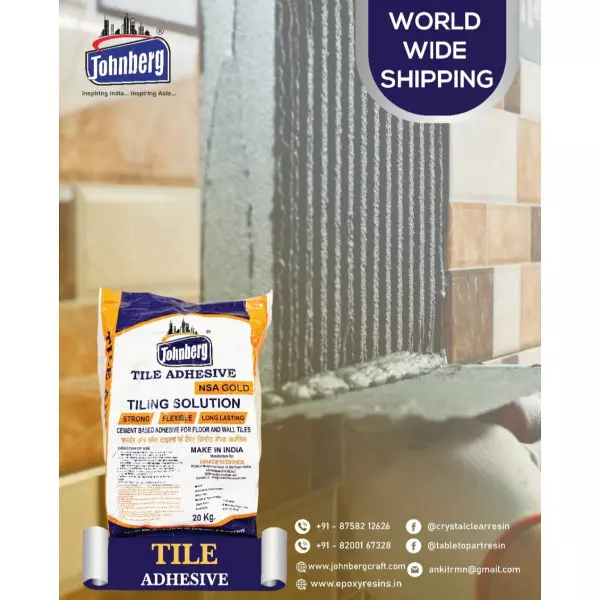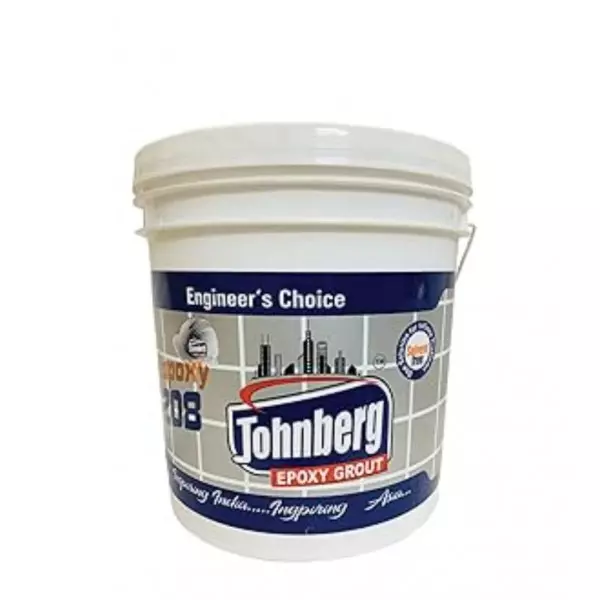- Home
- About Us
- Products
- Resin Furniture
- 3D Epoxy Flooring Service
- Resin Table Top
- Wooden Epoxy Resin Table Top
- Metallic Epoxy Flooring Service
- Conception Chemical Consultants
- Chemical Consultancy For Construction
- Construction Chemical Consultant
- Tile Grout
- Foundation Grout Consultant
- Paver Block Chemical Consultant
- Waterproofing Chemical Consultant
- Epoxy Pigment Consultant
- Heat Reflective Coating
- Water Repellent Coating
- Epoxy Grout
- Chemical Consultant
- Industrial Chemical
- Construction Chemical
- Epoxy Resin
- Epoxy Coating
- Polyester Resin
- Joint Sealants
- Cristal Clear Epoxy Resin And Hardner
- Construction Chemicals
- Polycarboxylate Ether And Liquid
- Solvent Cement
- Tile Protection Sheet
- Water Reducing Superplasticizer
- Epoxy Resin And Hardeners
- Two Component Waterproof Coating
- Epoxy Floor Coatings
- Casting Resin
- Sbr Latex Polymer
- Epoxy Grout Formulations
- Epoxy Resin Tabletops
- Tile Spacers
- Tile Levelling Spacers
- Industrial Night Vision Epoxy Grout
- Sbr Latex
- Johnberg Marble Polishing Liquid
- Acrylic Elastomeric Coating
- Weber Tile Adhesives
- Decorative Arts
- Resinic Crafts
- PU Flexible Tile Adhesive
- Resin Pressed Flowers
- Dry Pressed Flower
- Epoxy Putty
- Resin Furniture
- Services
- Updates
- Gallery
- Contact Us
Tile Grout Service In Andhra Pradesh
Details of Tile Grout
Tile grout is a construction material used to fill the spaces between tiles after they've been installed. It not only improves the overall appearance of a tiled surface but also helps stabilize the tiles and prevent moisture from getting underneath them. Here's a detailed breakdown:
1. Types of Tile Grout
a. Cement-Based Grout
Sanded Grout: Contains fine sand; used for joints wider than 1/8 inch (3 mm).
Stronger, prevents cracking and shrinking.
Commonly used for floor tiles.
Unsanded Grout: Smooth texture; used for joints 1/8 inch or narrower.
Ideal for wall tiles, delicate surfaces like glass or polished stone.
b. Epoxy Grout
Made from epoxy resins and a hardener.
Waterproof, stain-resistant, highly durable.
Ideal for high-moisture areas like showers and commercial kitchens.
More expensive and harder to apply than cement-based types.
c. Furan Grout
Similar to epoxy but made from polymers of furfuryl alcohol.
Very chemical-resistant.
Mostly used in industrial settings, not typical for home projects.
2. Common Grout Colors
Available in a wide range: white, gray, black, beige, and more.
Contrasting grout colors emphasize the tile layout.
Matching grout color gives a seamless look.
3. Application Process
Preparation: Ensure tiles are set and adhesive is dry.
Mixing: Follow manufacturer instructions to mix the grout.
Spreading: Use a rubber float to press grout into joints.
Cleaning: Wipe excess grout with a damp sponge before it dries.
Curing: Let it cure per product guidelines (usually 24–72 hours).
Sealing (if required): Apply a grout sealer for added stain and water resistance (especially for cement-based grout).
4. Maintenance
Regular Cleaning: Use pH-neutral cleaners.
Re-Sealing: Every 1–2 years for cement grout.
Avoid Harsh Chemicals: They can degrade or discolor grout.
5. Pros & Cons
Feature Cement Grout Epoxy Grout
Cost Low High
Ease of Application Easy Difficult
Durability Moderate Very High
Water Resistance Moderate (when sealed) Excellent
Stain Resistance Low (unless sealed) High
Offered Product
Tile Grout
Usage/ApplicationTile JointPackaging TypePolythene BagFormPowderTypesVitrifiedTypeCement GroutPackaging Size1 Kg & 5 KgMaterialepoxyCategoriesCementitiousCategoryPolymer Modified GroutGradepremiumBrandJohnbergohnberg Brand Epoxy Grout For Tiles Grouting Application. High Strenght, Stain Proof, Easy To Use And Easy Ro Clean Application.... Read moreTile Grout Manufacturers In Hyderabad
What Is Tile Grout?Grout Is A Dense, Fluid Material Used To Fill The Spaces Between Tiles After They Have Been Installed. It Helps Secure The Tiles In Place, Prevents Moisture From Seeping Beneath The Tiles, And Gives The Surface A Clean, Finished Look.Types Of Tile GroutCement-Based GroutSanded Grout: Contains Fine Sand To Prevent Shrinking. Used For Joints Wider Than 1/8 Inch (3 Mm).Unsanded Grout: Smooth And Used For Narrow Joints (less Than 1/8 Inch).Modified Cement Grout: Contai Continue
Tile Grout In West Bengal
Tile Grout Is A Crucial Material Used In The Installation Of Tiles. It Fills The Spaces Between Tiles To Lock Them In Place, Prevent Moisture Penetration, And Provide A Finished Appearance. Here's A Detailed Overview:1. What Is Tile Grout?Grout Is A Mixture Of Cement, Sand, And Water (in Cementitious Grout), Or Resin-based In Epoxy Types, Used To Fill The Joints Between Tiles After They Are Laid.2. Types Of Tile GroutA. Cementitious GroutSanded GroutContains Fine Sand Particles.Use Continue
Tile Grout Manufacturers In Ahmedabad
Tile Grout Is A Construction Material Used To Fill The Gaps Between Tiles After They Have Been Installed. It Helps In Binding The Tiles Together, Preventing Moisture From Seeping Underneath, And Giving The Tiled Surface A Finished And Uniform Look. Here's A Detailed Breakdown Of Tile Grout:Types Of Tile GroutCement-Based GroutSanded GroutContains Sand Particles.Ideal For Joints Wider Than 1/8 Inch (3 Mm).Offers Strength And Prevents Cracking Or Shrinking.Common In Floors, Walls, An Continue




